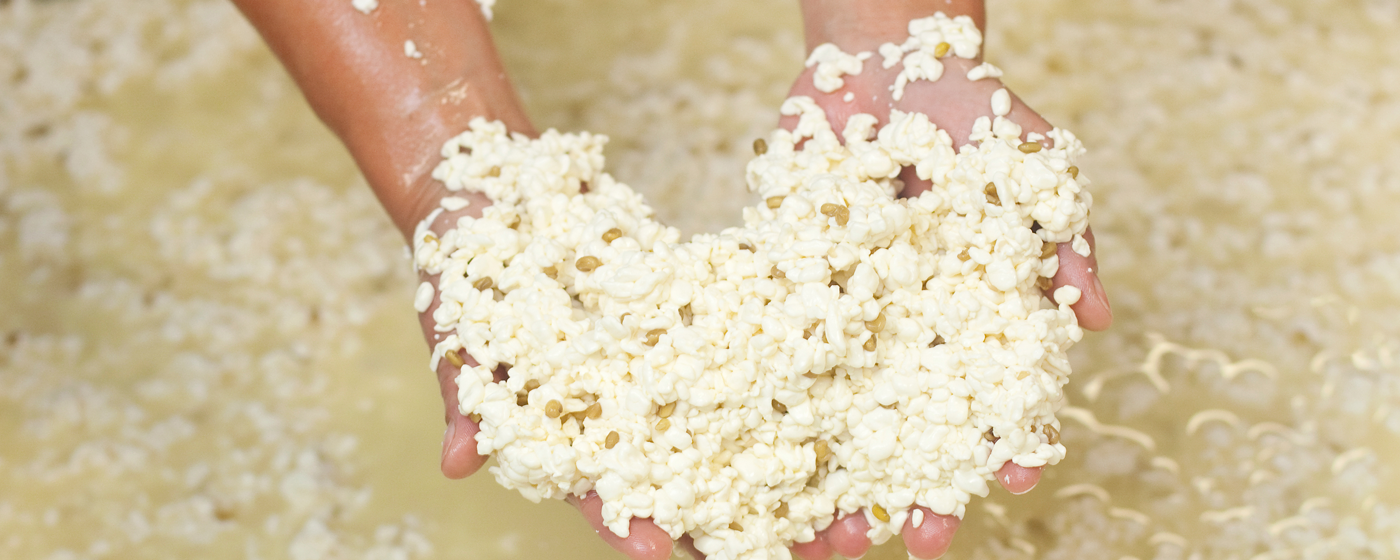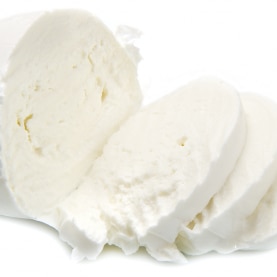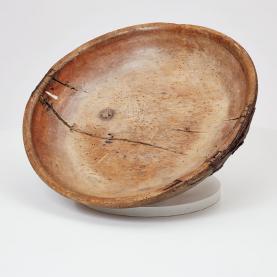Cheese
Milk is rich in nutrients, but is also highly perishable. In order to preserve it, it needs to be transformed, into cheese for example. This process involves coagulating milk and draining off excess liquid. Humans realised the usefulness of this technique very early on and began to produce curd cheese in the 5th millennium BCE. Hard, cooked-curd cheeses such as Gruyère appeared in the late Middle Ages.
Cheese from the Neolithic Age to the present day
The origins of cheese-making are not precisely known, but are connected with the domestication of animals. Five thousand years ago in Mesopotamia, the Sumerians greatly enjoyed milk, butter and cheese, as demonstrated by a frieze dating from the 3rd millennium BCE. Primarily fresh cheese was made and then dried or smoked so that it would keep for longer. The first cooked-curd cheeses appeared in the late Middle Ages. They were sold in increasing quantities and provided a degree of prosperity to the mountainous regions of Switzerland such as Gruyère and Emmental.
Cheese, edible milk
Cheese was widely consumed in Antiquity. Milk was curdled in containers made from hides and then the curd was strained in reed baskets, cheese sieves or woven matting. Milk coagulates naturally as a result of lactose fermenting into lactic acid: acid coagulation. There is also enzyme coagulation, which requires rennet, namely the addition of an enzyme from the stomachs of young ruminants. Milk can also coagulate by using plant extracts instead of starter cultures or enzymes derived from animals.
Cooked-curd cheese such as Gruyère is made in several stages. The milk is heated in a vat and then starter cultures and rennet, an enzyme extracted from calves’ stomachs, are added. During the initial fermentation, the liquid turns into a curd, a gelatinous mass with a smooth, firm consistency. The curd is then cut up and re-heated. The cheese-maker uses a cheese harp to cut the curd, running it through the curd mass several times in different directions. The curd is then gathered up in a large canvas cloth and the whey drains through it. Once the curd has drained, it is placed in a mould and the cheese is pressed to remove the excess liquid. After it has been pressed for twenty hours or so, during which time it is turned regularly, the cheese is taken out of the mould, salted and stored in a cellar. The fermentation continues for varying lengths of time. This is known as maturing.
Cheese, the character of a region
Nowadays, there are thousands of types of cheese in the world. Cheese is the product of several fermentations. The various types of cheese differ in terms of the type of milk and the method used to make them. They are characteristic of a region, a valley or a country. In Europe, some cheeses have protected designation of origin status (PDO). This designation focuses on the quality of the cheese, after having defined the production method and, sometimes, the breed and diet of the animals which produced the milk. The designation depends entirely on the ties linking the history, the terroir, the animals and human expertise.
AUBOIRON, Bruno et LANSARD, Gilles, 1997. La France des fromages A.O.C. Aix-en-Provence : Édisud.
HARBUTT, Juliet, 2010. Le grand livre des fromages. Toulouse : Éditions Milan.
SCHÄRER, Martin R., BUTTY, Pierre, RABOUD-SCHÜLE, Isabelle, STÄUBLE TERCIER, Nicole, 2002.Cuisiner Manger Acheter Digérer. Vevey : Alimentarium.
SCHNIEPER, Robert,1995. Nos fromages Une Suisse gourmande. Vevey : Mondo.








